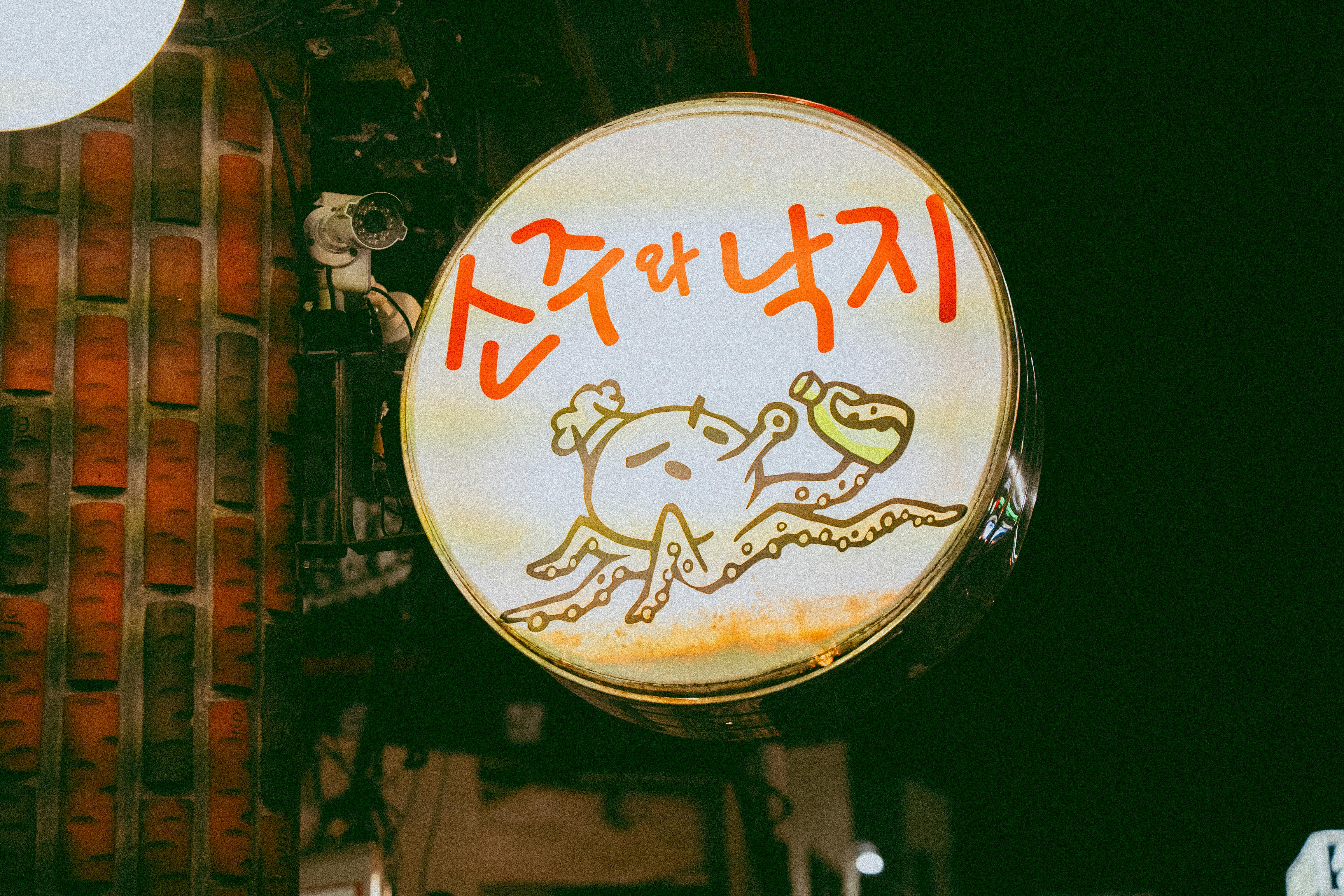In traditional Korean cooking, medicinal herbs and ingredients take on a vital role, adding not only flavor but also numerous health benefits to the delectable dishes. From ginseng and ginger to garlic and green onions, these natural wonders are used to enhance the taste and nutritional value of the food. Not only do they provide a delightful aroma and distinctive taste, but they also possess healing properties that have been recognized in Korean cuisine for centuries. So, next time you savor a mouth-watering Korean dish, take a moment to appreciate the harmonious union of delightful flavors and wellness offered by these medicinal herbs and ingredients.
Introduction to Traditional Korean Cooking
Welcome to the world of traditional Korean cooking! In Korea, food is not only seen as nourishment for the body but also as a way to promote good health and balance. Traditional Korean cuisine, also known as Hansik, focuses on using fresh and seasonal ingredients to create dishes that are both delicious and nutritious.

Traditional Korean Cuisine
Overview of traditional Korean cuisine
Traditional Korean cuisine is characterized by its wide variety of flavors, colors, and textures. It is heavily influenced by Confucianism, which emphasizes the importance of balance and harmony in all aspects of life. Therefore, Korean dishes are often well-balanced and incorporate a combination of five fundamental flavors: spicy, savory, sweet, sour, and bitter.
Korean cuisine is also known for its emphasis on fermentation. Fermented foods such as kimchi, doenjang (soybean paste), and gochujang (red pepper paste) not only add depth of flavor but also have numerous health benefits, thanks to the presence of beneficial bacteria.
Importance of medicinal herbs and ingredients in Korean cooking
Medicinal herbs and ingredients have always played a vital role in traditional Korean cooking. Korean cuisine has a long history of using natural ingredients with healing properties to promote overall well-being. These herbs and ingredients are believed to have various health benefits and are incorporated into dishes to enhance their flavor and nutritional value.

Medicinal Herbs and Ingredients in Korean Cooking
Ginseng
Ginseng, also known as the “herb of immortality,” is one of the most revered medicinal herbs in Korean cooking. It is believed to promote vitality and strengthen the immune system. Ginseng is often used in soups, teas, and traditional dishes, adding a slightly bitter and earthy flavor to the dish.
Garlic
Garlic is a staple ingredient in Korean cooking, known for its powerful antimicrobial properties. It is used in various dishes to add depth and pungency. Garlic is not only a flavor enhancer; it is also believed to lower cholesterol, boost the immune system, and improve heart health.
Ginger
Ginger is another versatile and essential ingredient in Korean cooking. It is known for its warming properties and is used to add a refreshing and slightly spicy flavor to dishes. Ginger is also believed to aid digestion, reduce inflammation, and alleviate nausea.
Red Pepper Powder
Red pepper powder, or Gochugaru, is a key ingredient in Korean cuisine, adding a spicy kick to dishes. It is rich in vitamins and capsaicin, which has been found to have anti-inflammatory and pain-relieving properties. Red pepper powder is commonly used in kimchi, stews, and meat marinades.
Sesame Oil
Sesame oil is a staple in Korean cooking, appreciated for its distinct nutty aroma and flavor. It is rich in antioxidants and healthy fats, which are beneficial for heart health. Sesame oil is widely used as a seasoning and also serves as a base for various Korean sauces and marinades.
Perilla Leaves
Perilla leaves, or kkaennip, are commonly used in Korean cuisine for their unique taste and aroma. These leaves are rich in vitamins and minerals, with antioxidant and anti-inflammatory properties. Perilla leaves are often used as a wrapper for meat or vegetable fillings, offering a refreshing and slightly minty flavor.
Bean Sprouts
Bean sprouts are a popular vegetable in Korean cuisine, known for their crunchy texture and mild, nutty taste. They are packed with essential nutrients, including vitamin C, vitamin K, and fiber. Bean sprouts are frequently used in salads, side dishes, and soups.
Seaweed
Seaweed, such as Gim and Miyeok, is a nutrient-dense ingredient that is widely used in Korean cooking. It is an excellent source of iodine, vitamins, and minerals. Seaweed is used to add a unique umami flavor and texture to soups, rice dishes, and snacks.
Lotus Root
Lotus root is a versatile ingredient in Korean cooking, prized for its crisp texture and mild, slightly sweet taste. It is packed with vitamins, minerals, and dietary fiber. Lotus root is commonly used in stir-fries, stews, and side dishes, adding a delightful crunch to the dish.
Korean Green Plum Extract
Korean green plum extract, or Maesilcheong, is a traditional Korean ingredient made from green plums. It has a sweet and tangy flavor and is used as a natural sweetener and flavor enhancer in various dishes. Korean green plum extract is also believed to aid digestion and boost the immune system.

Conclusion
In conclusion, medicinal herbs and ingredients have a significant role in traditional Korean cooking. They not only add flavor and depth to dishes but also offer various health benefits. From ginseng to garlic, ginger to red pepper powder, these ingredients are incorporated into Korean cuisine to promote overall well-being. So next time you indulge in a traditional Korean meal, savor the flavors while also appreciating the holistic approach to nourishment and health that Korean cooking offers.

